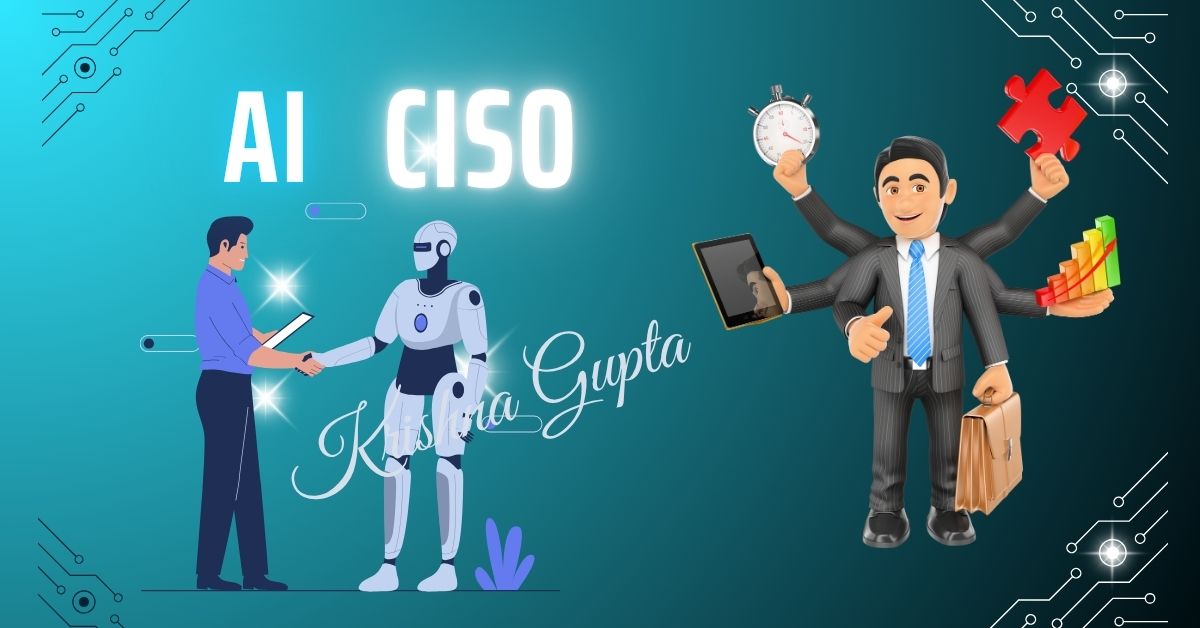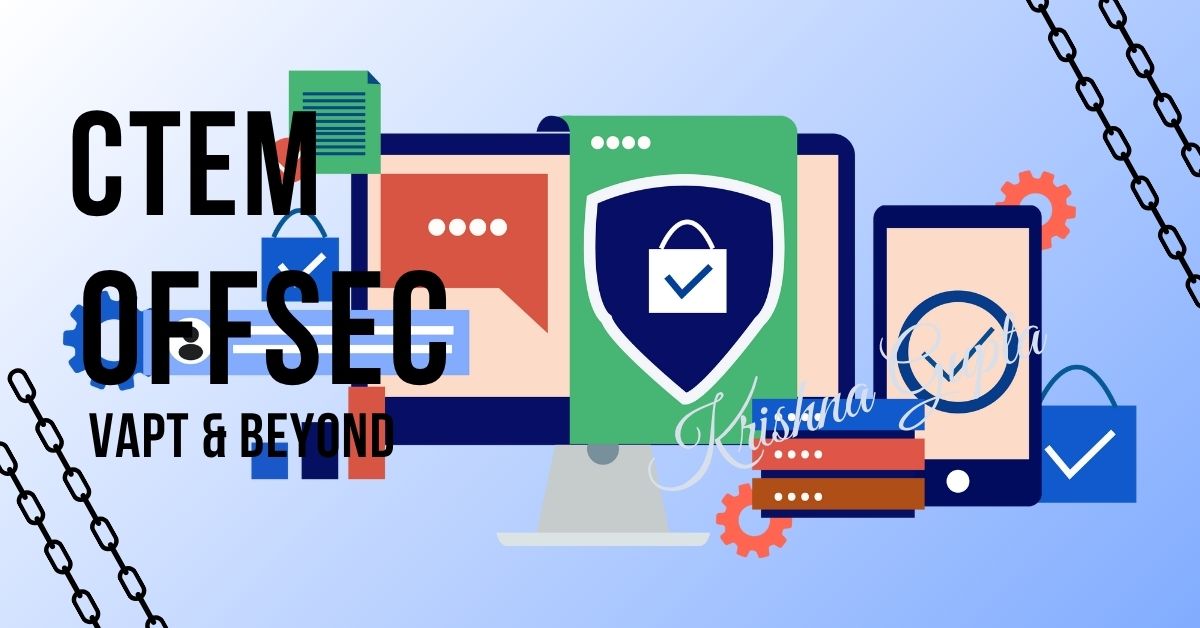AI in Defence and Offensive Operations: Strategic Opportunities and Emerging Threats for the C-Suite
Artificial Intelligence (AI) is rapidly transforming the battlefield—both physical and digital. For the C-Suite, especially CISOs, CTOs, and CEOs, understanding the dual-edged nature of AI in defence and offensive operations is no longer optional; it’s strategic. While AI enhances security operations through real-time detection, threat intelligence, and automated responses, it simultaneously empowers adversaries to be agile, personalise, and automate cyberattacks.
This blog provides an in-depth analysis of AI’s role across defensive and offensive cyber threats, pragmatic use cases, real-world threat scenarios, and actionable insights to support strategic decision-making.




